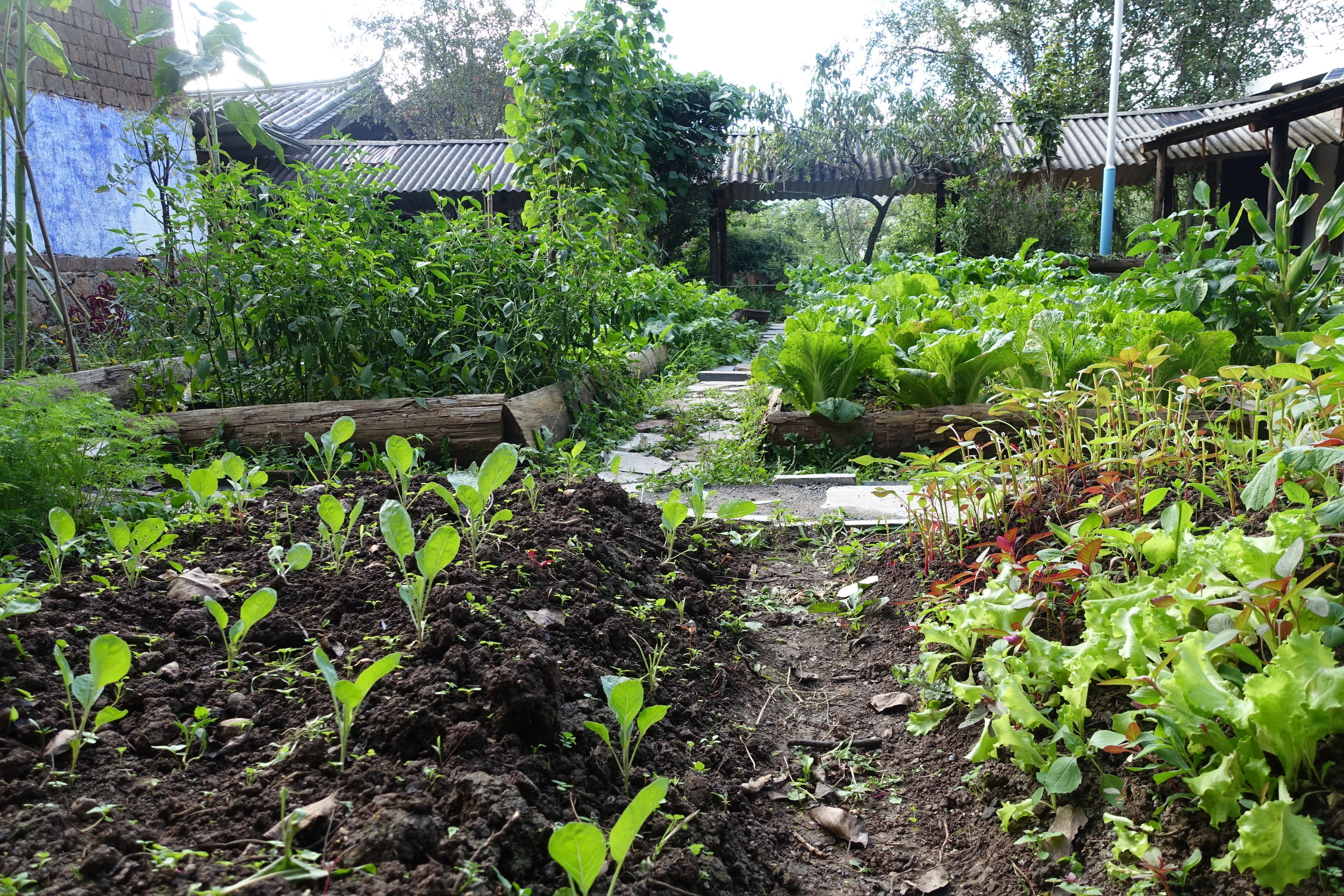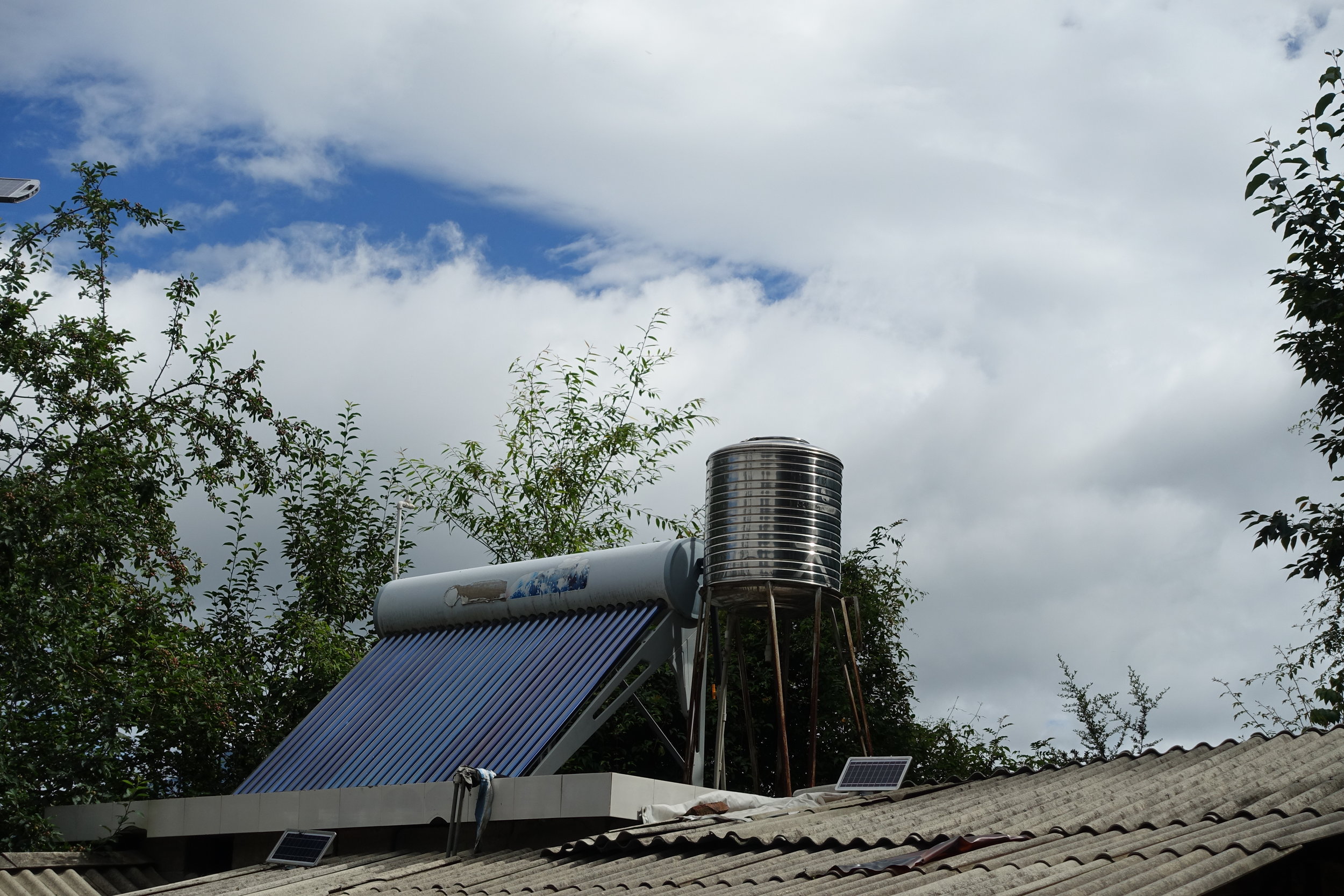Did you know...
That the biggest touristic attraction of China is not the Great Wall. It is in fact the city of Lijiang, with its UNESCO World Heritage old town, and neighbouring Jade Dragon Snow Mountain. Year after year, millions of Chinese tourists travel from afar to walk in the snow of this iconic mountain; and year after year, its glaciers shrink as a result of global warming (driven my, among other factors, the development of tourism in China and elsewhere). Along with the disappearing snows, the whole ecosystem of plants and animals found around Lijiang is also disrupted. There is a sad, disconcerting paradox there. What pushes those masses of people to continue visiting the Jade Dragon Snow Mountain, knowing that this slowly kills the landscape they cherish? Simply the fact that they are actually not aware of it.
Yongsong Chen, creator of the Green Education Center (GEC), understood this lack of awareness about environmental issues in China a long time ago. For him, education and values are the key to an environmentally sustainable development for the country. His mission and strong dedication resonated with Slow Motion Projects' goals. We spent three months renovating the environmental museum that is part of GEC. Thanks to the generous support of our donors, we radically transformed the museum and turned it into what we hope will become a must-see for the tourists visiting the Lijiang region.
This is the story of our action at GEC. Don't miss the virtual visit of the exhibition at the end! Enjoy!
When entering a museum, people want to embark on a journey from which they will return with their head full of impressions; they want to hear a flowing story. Creating this story was our first task.
For the next step, we redesigned the rooms of the museum in order to fit our story in there. Among other fun activities, we built wooden walls, replaced the whole electrical wiring, installed a new lighting system, cut and sewed curtains, and built the furniture. None of this would have worked without the outstanding involvement of Xuanyang (he allows "Yan" for those who might stumble pronouncing his name), a member of the local team at GEC, a key collaborator for our future projects in Asia and someone we now call a good friend. Slow Motion Projects also welcomed volunteers who gave a precious hand for this challenging phase of the project.
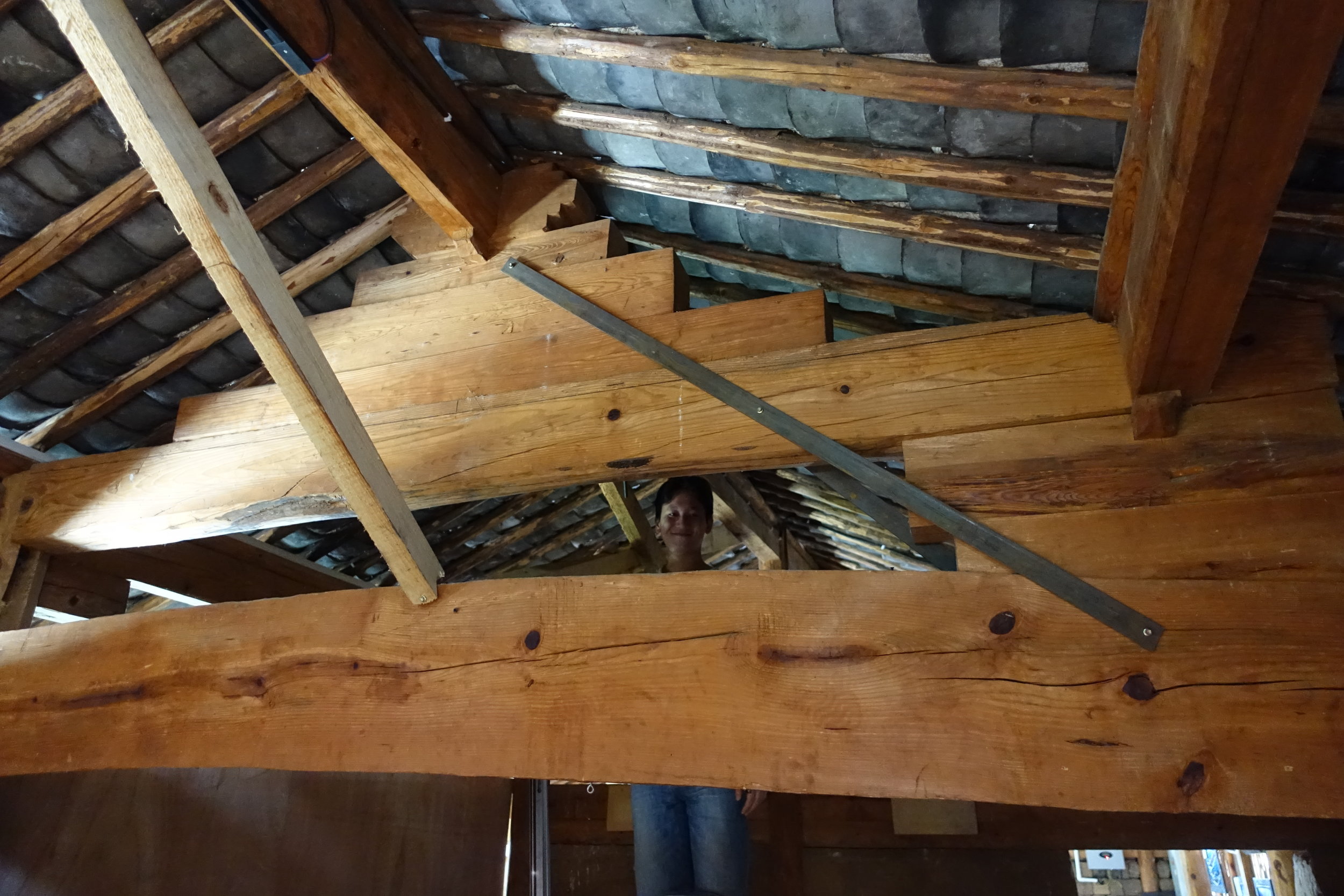
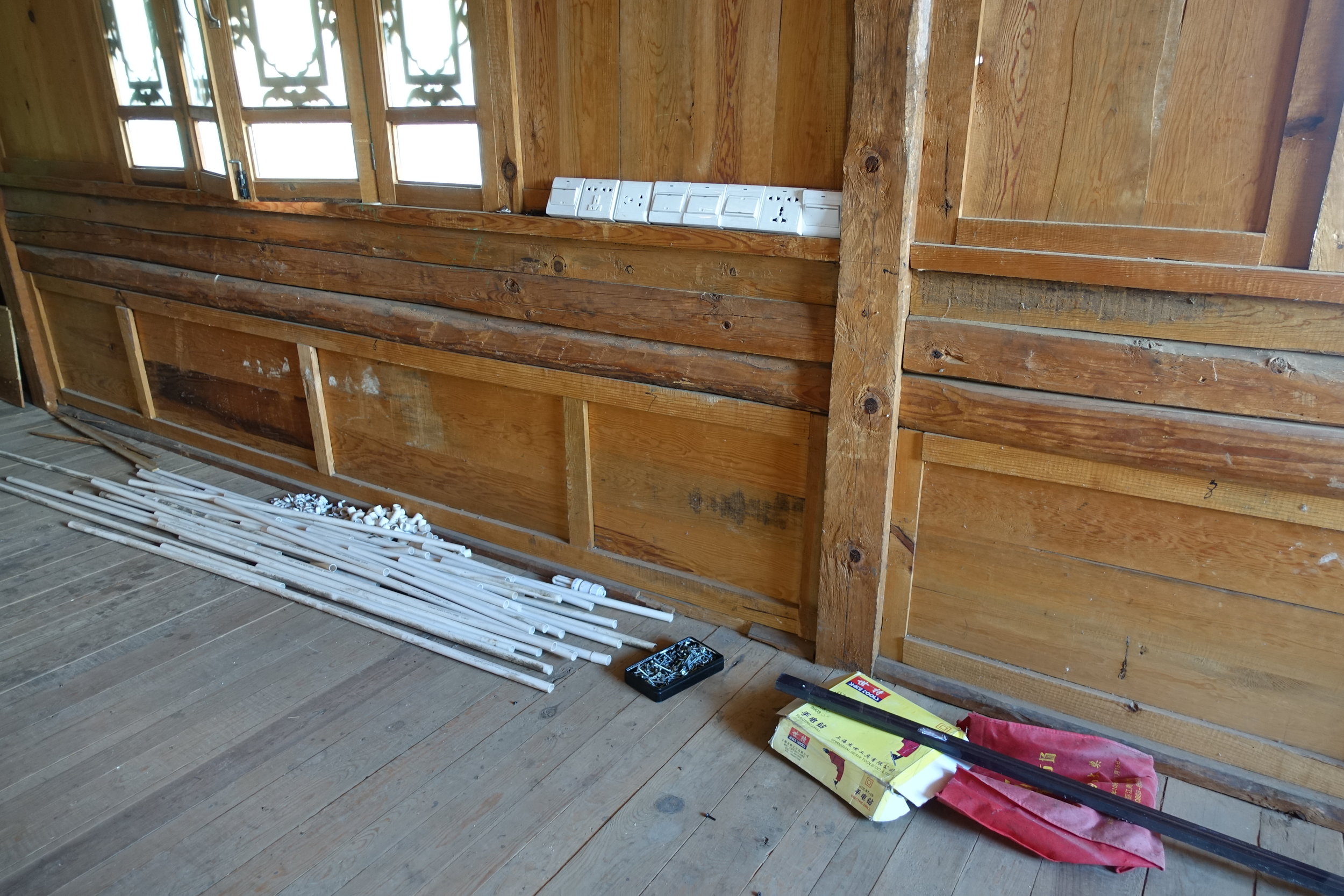
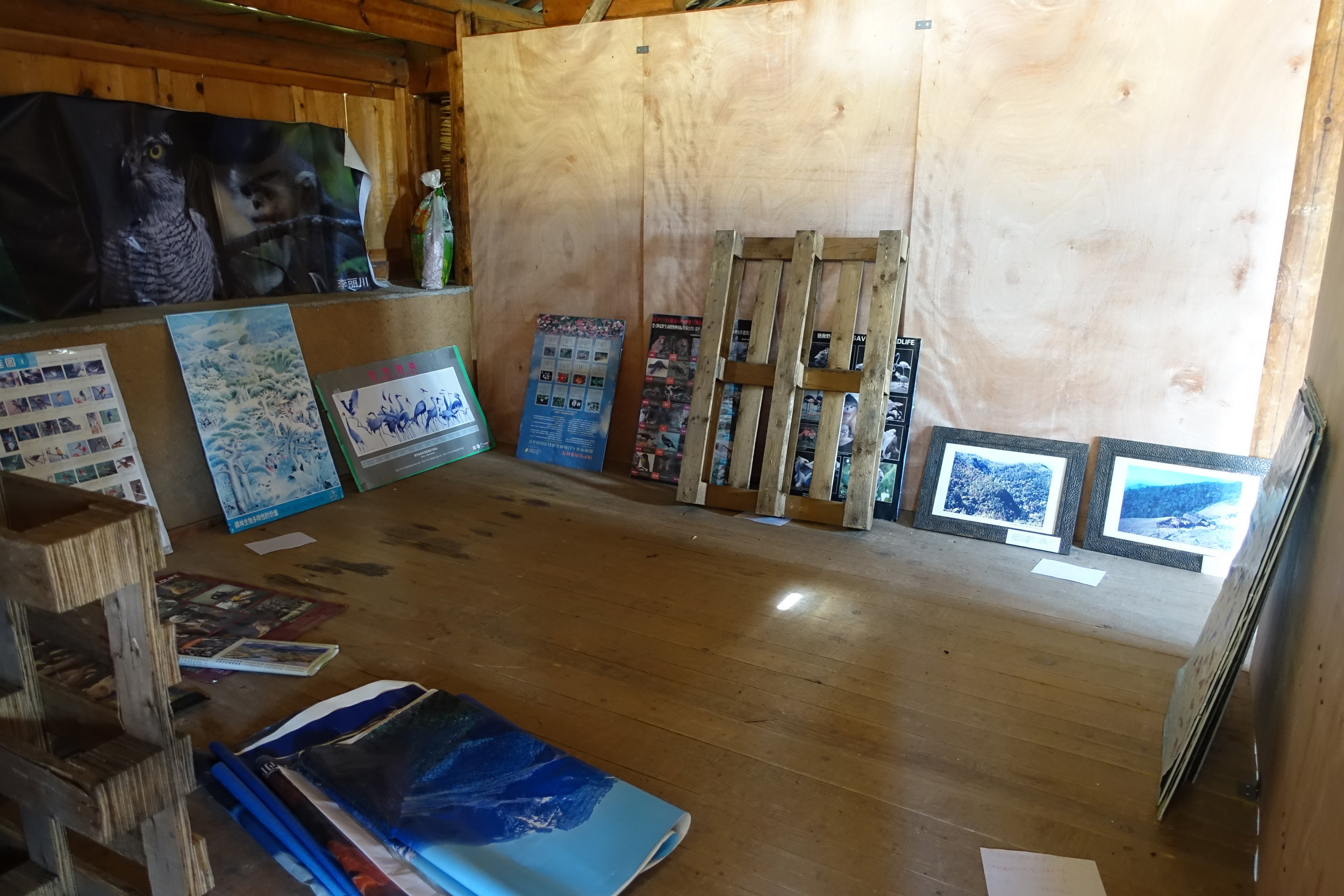
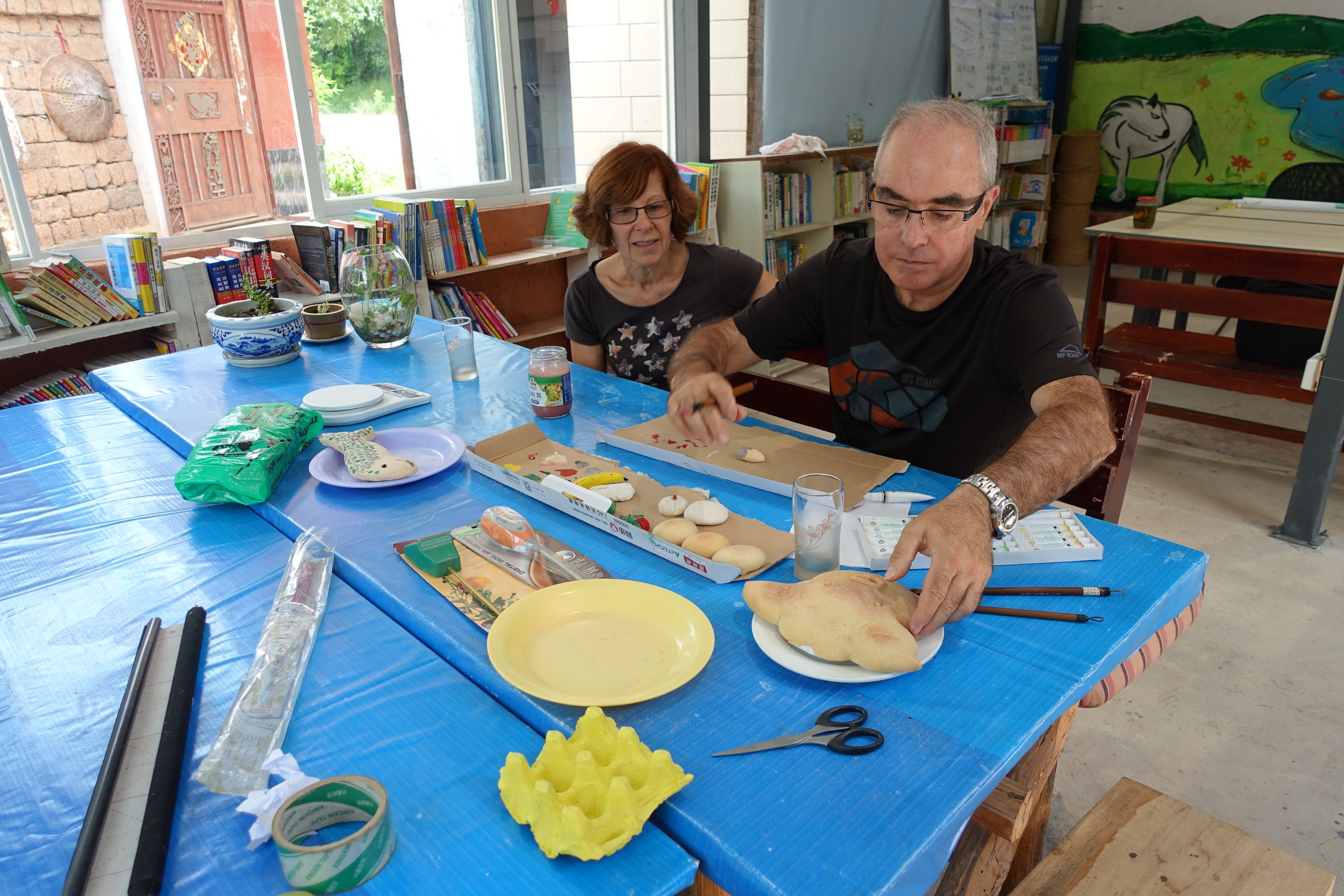
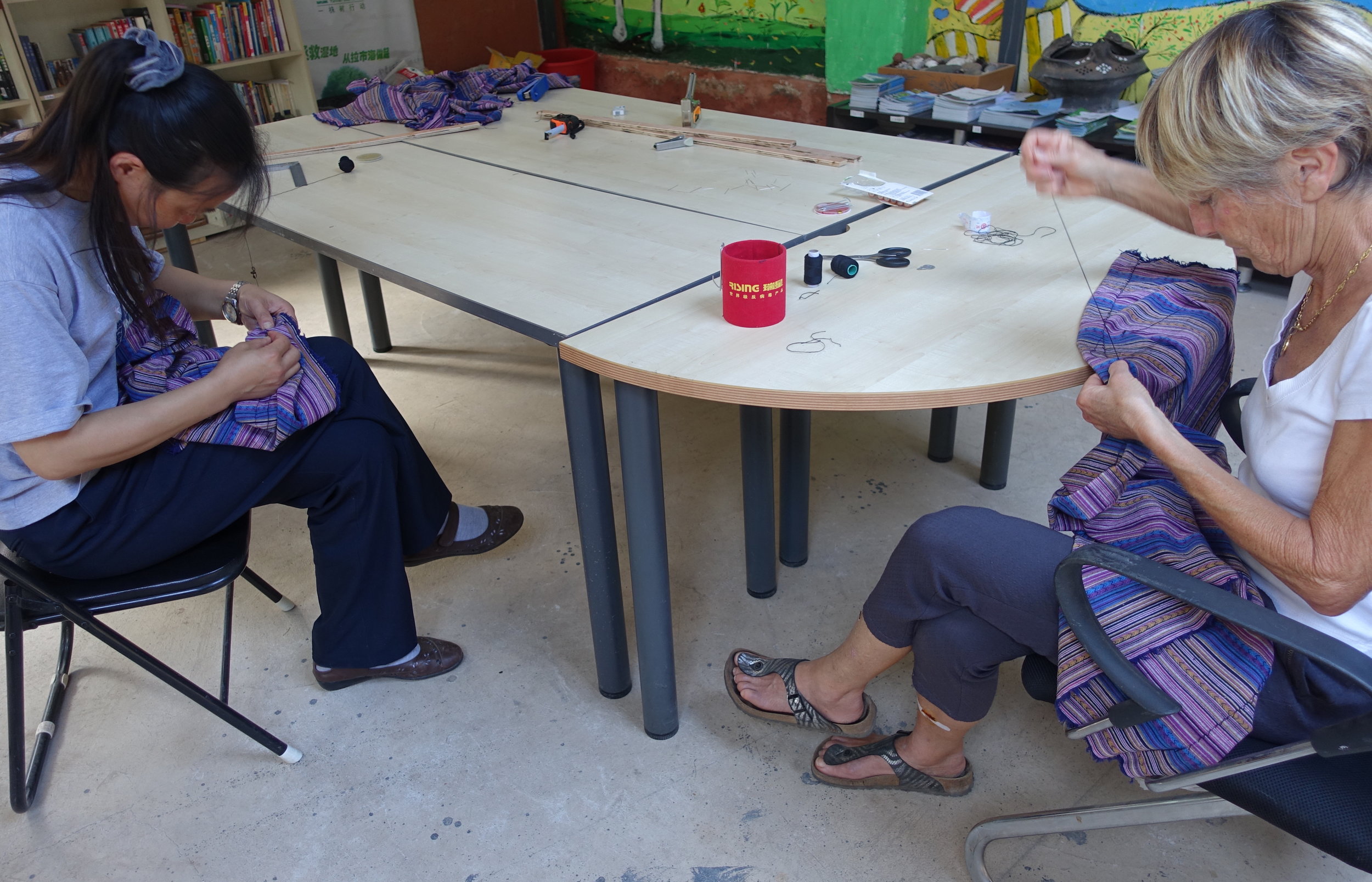
In parallel with the renovations, we had to create the content for the exhibition. During two very intense months, we searched through scientific references, read, learned and processed information, wrote texts, designed posters, programmed computers to play movies and display interactive digital information, and even recorded sounds. We wanted the exhibition to make people think and react with their emotions, by stimulating their minds but also all their senses. In the end, we finished installing our last posters and plugging the last screen on the evening before the opening event. The whole team was exhausted, but really happy with the outcome.
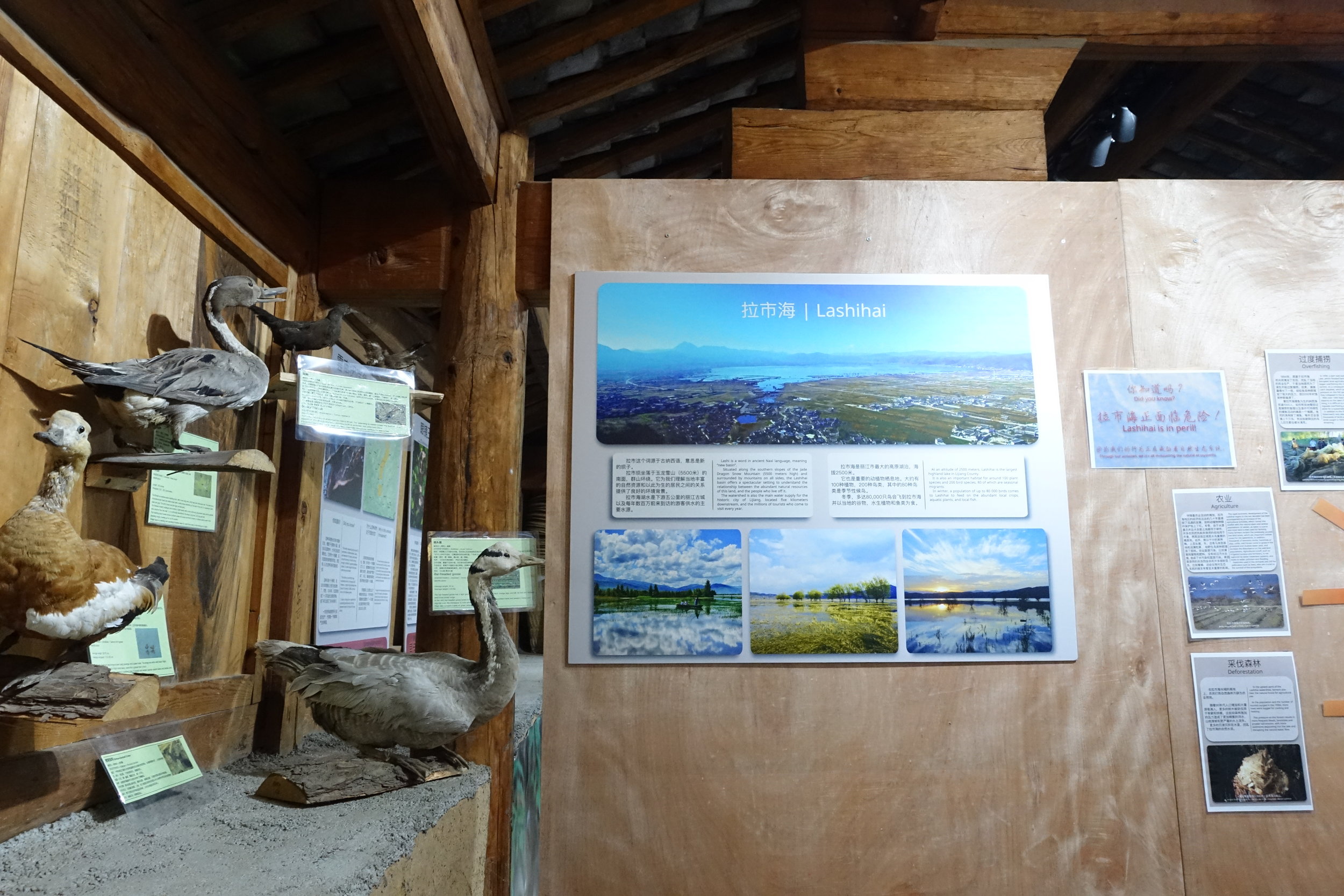
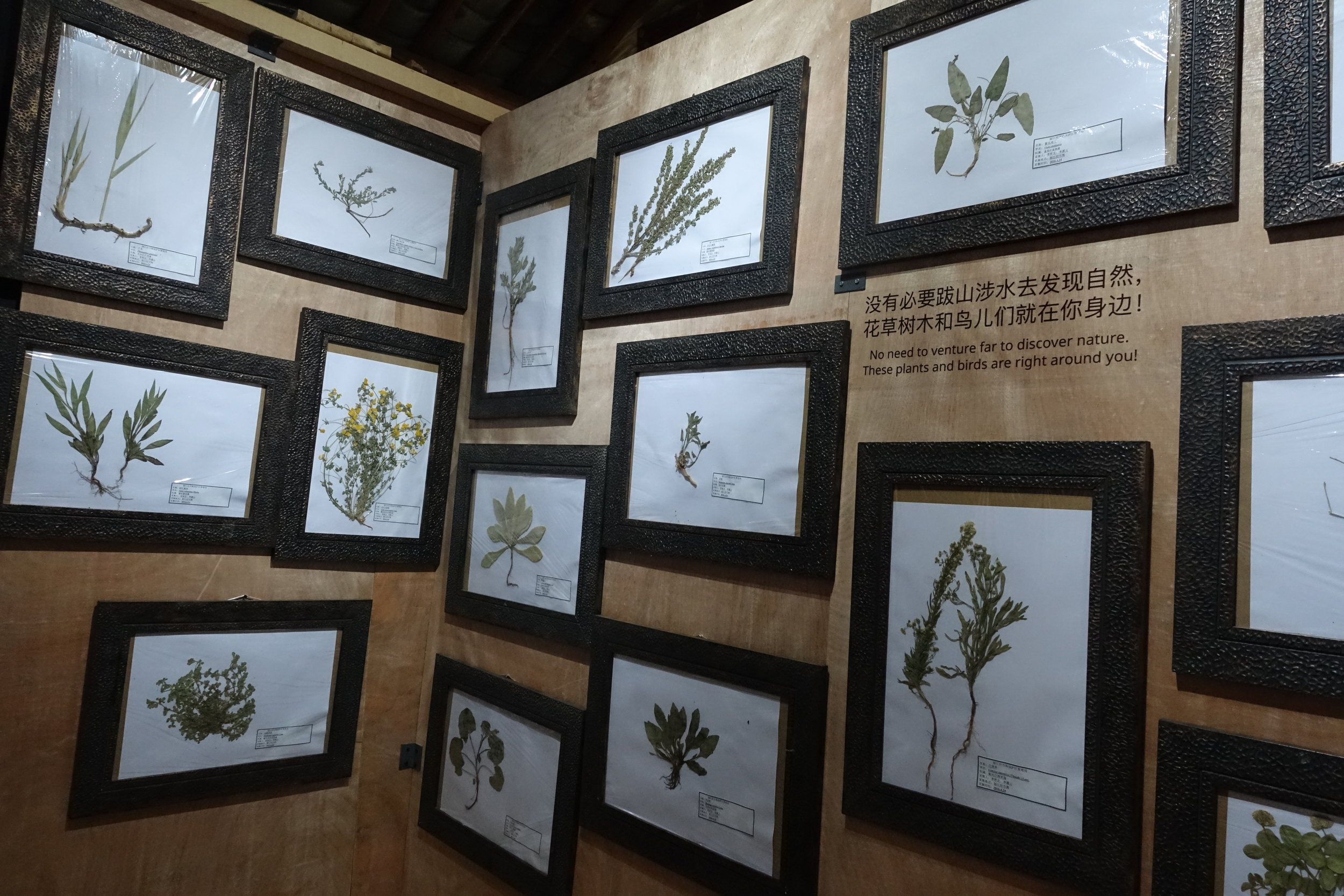


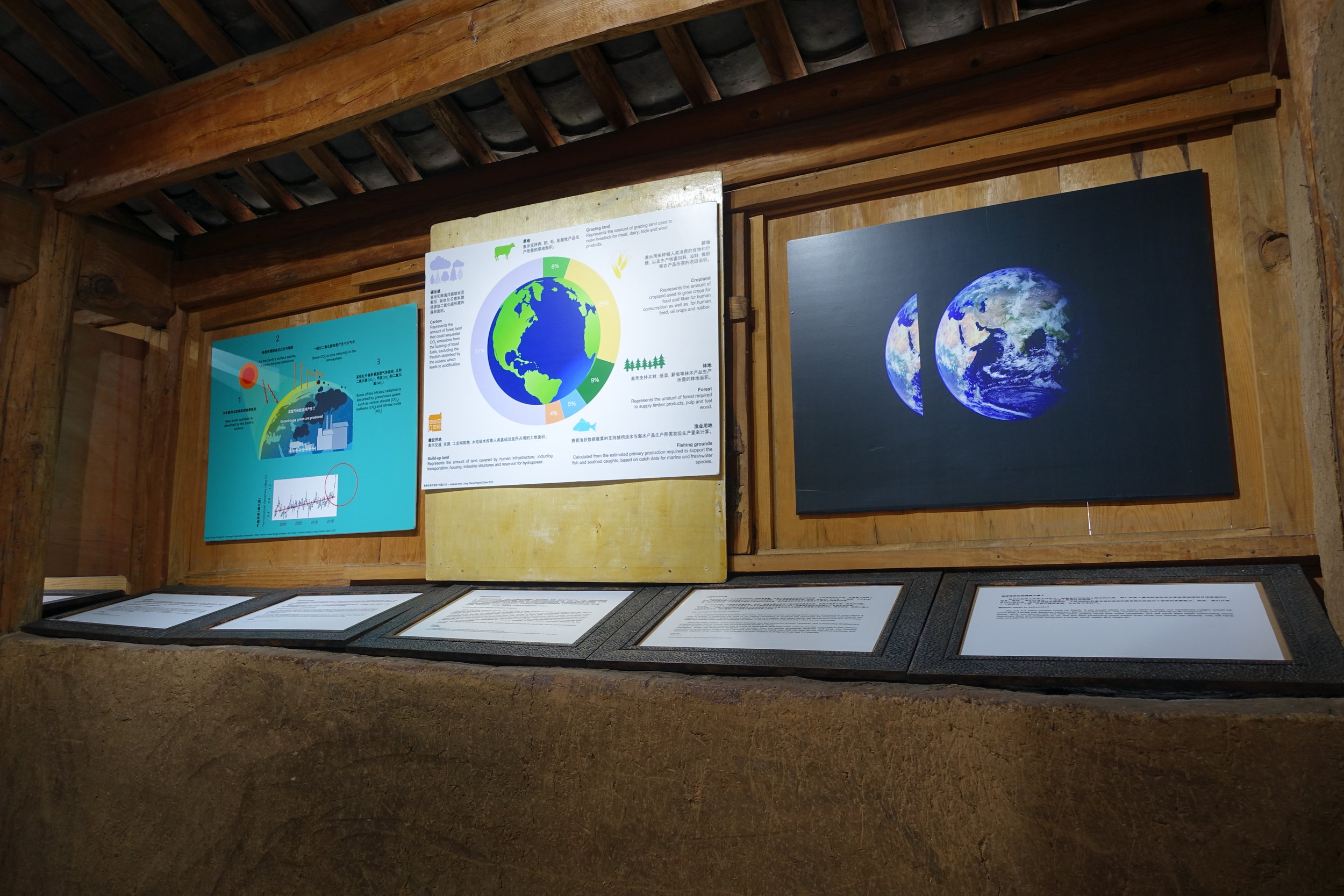
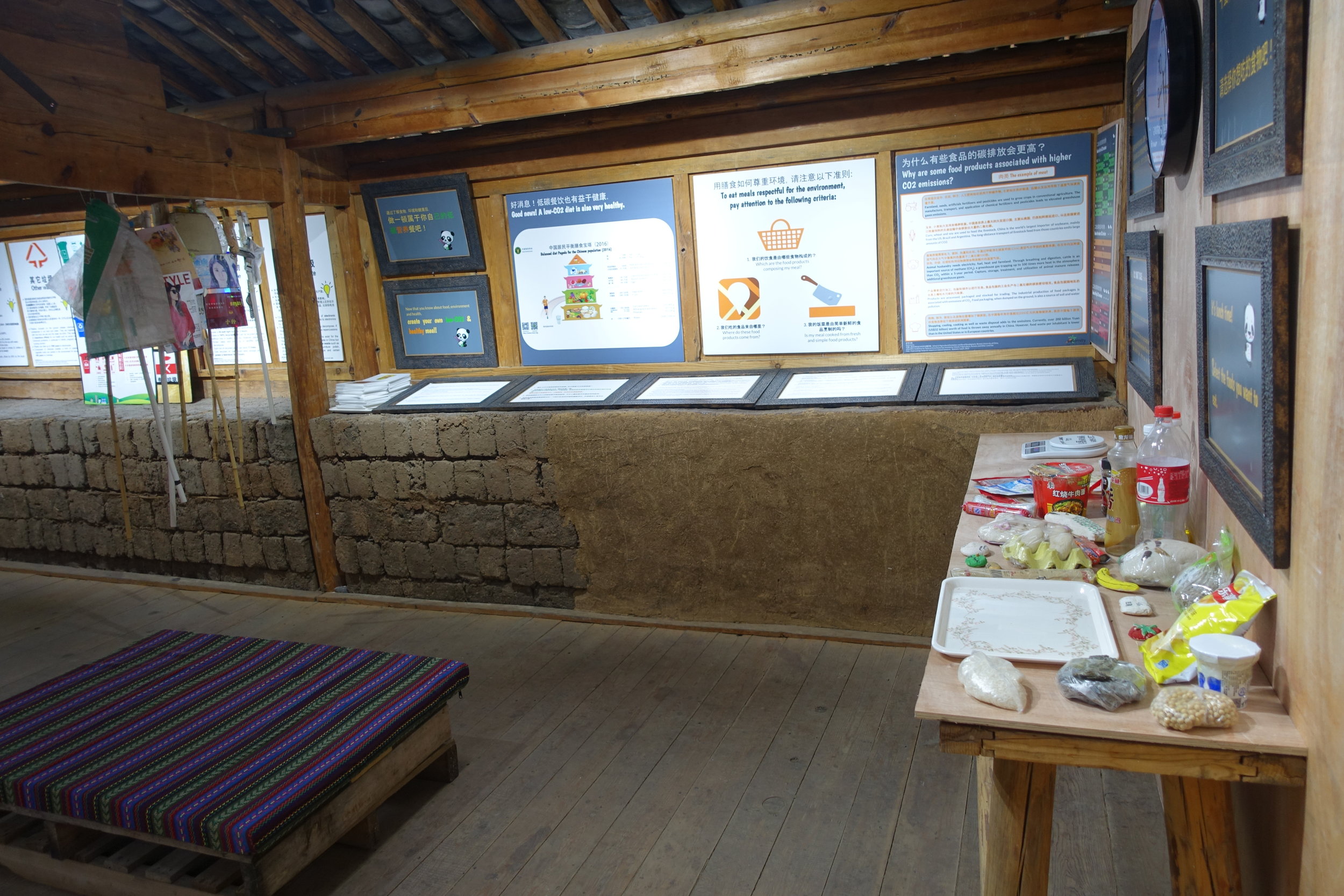

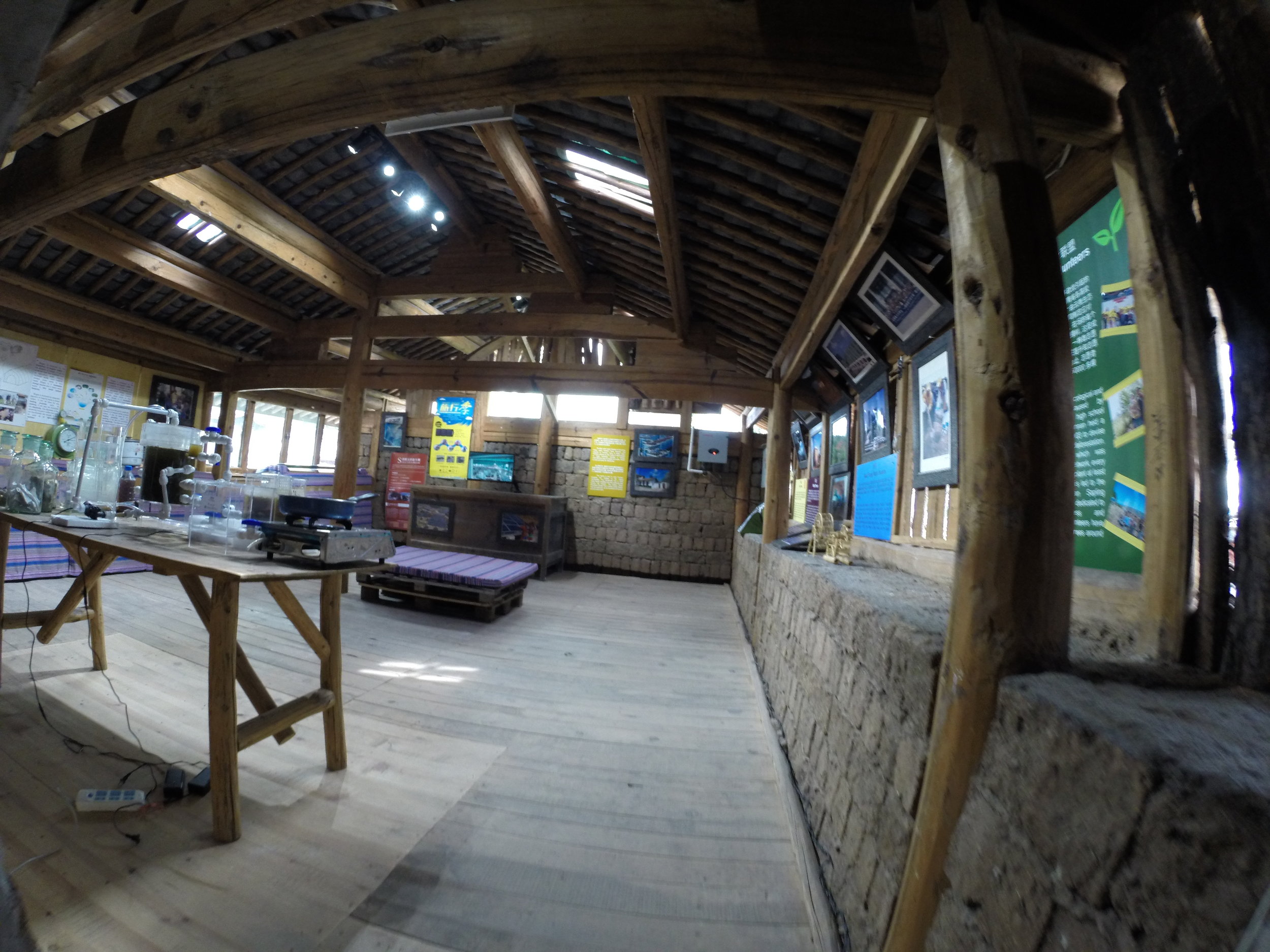
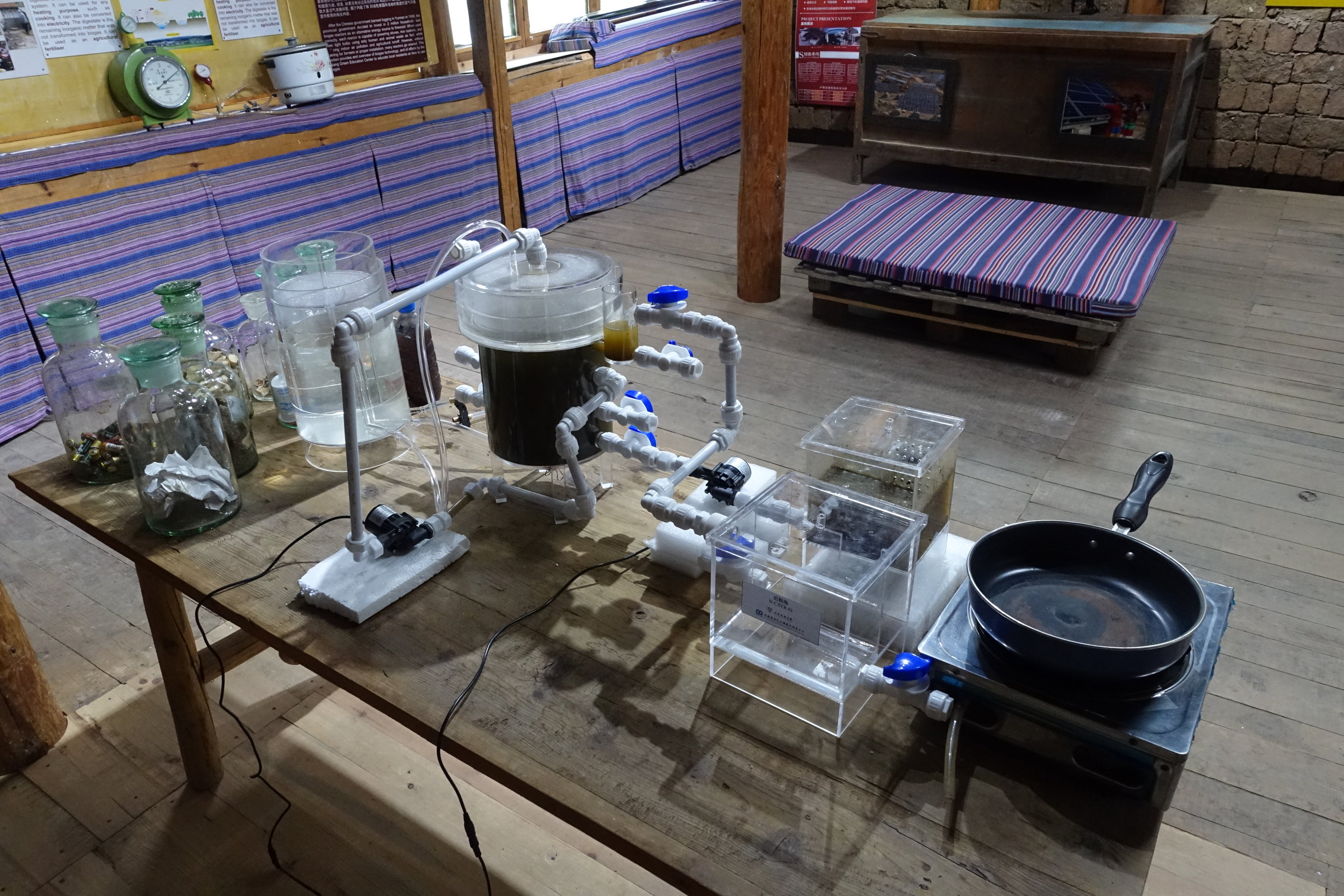
For the inauguration event, Yongsong Chen invited to GEC a selected crowd of representatives of the Ministry of Agriculture, academics, renewable energy professionals, and press. The local TV was there and interviewed us on the Slow Motion Projects actions. The first feedback we've received since then has been very positive, and it looks like GEC is drawing significantly more visitors now (we'll have definitive numbers in the months to come)! It is now your turn to discover the exhibition but first, from the bottom of our heart:
Thank you to all the Slow Motion Projects supporters and friends for entrusting us with this wonderful project! It was an incredible challenge, and we loved it all the way.
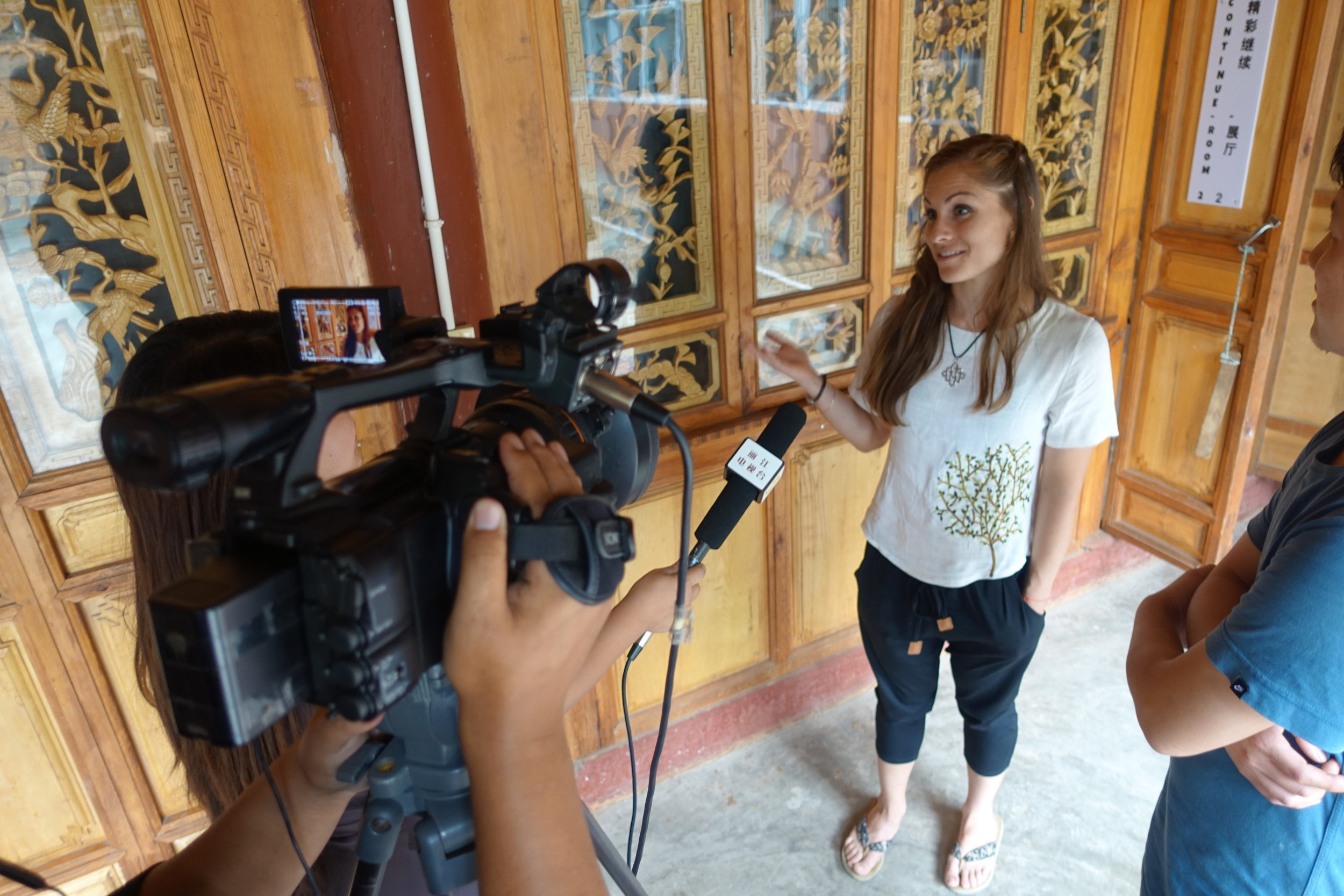
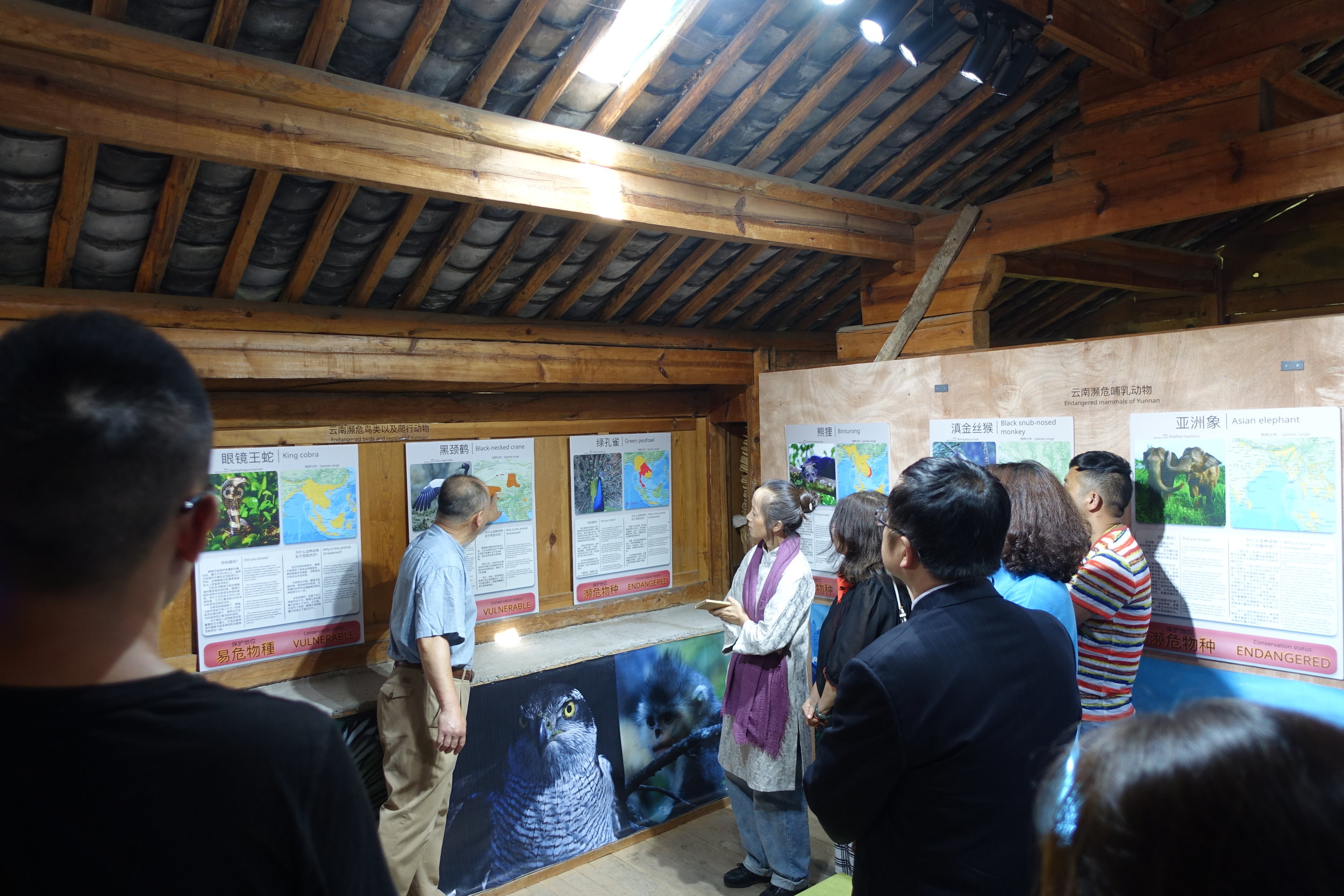
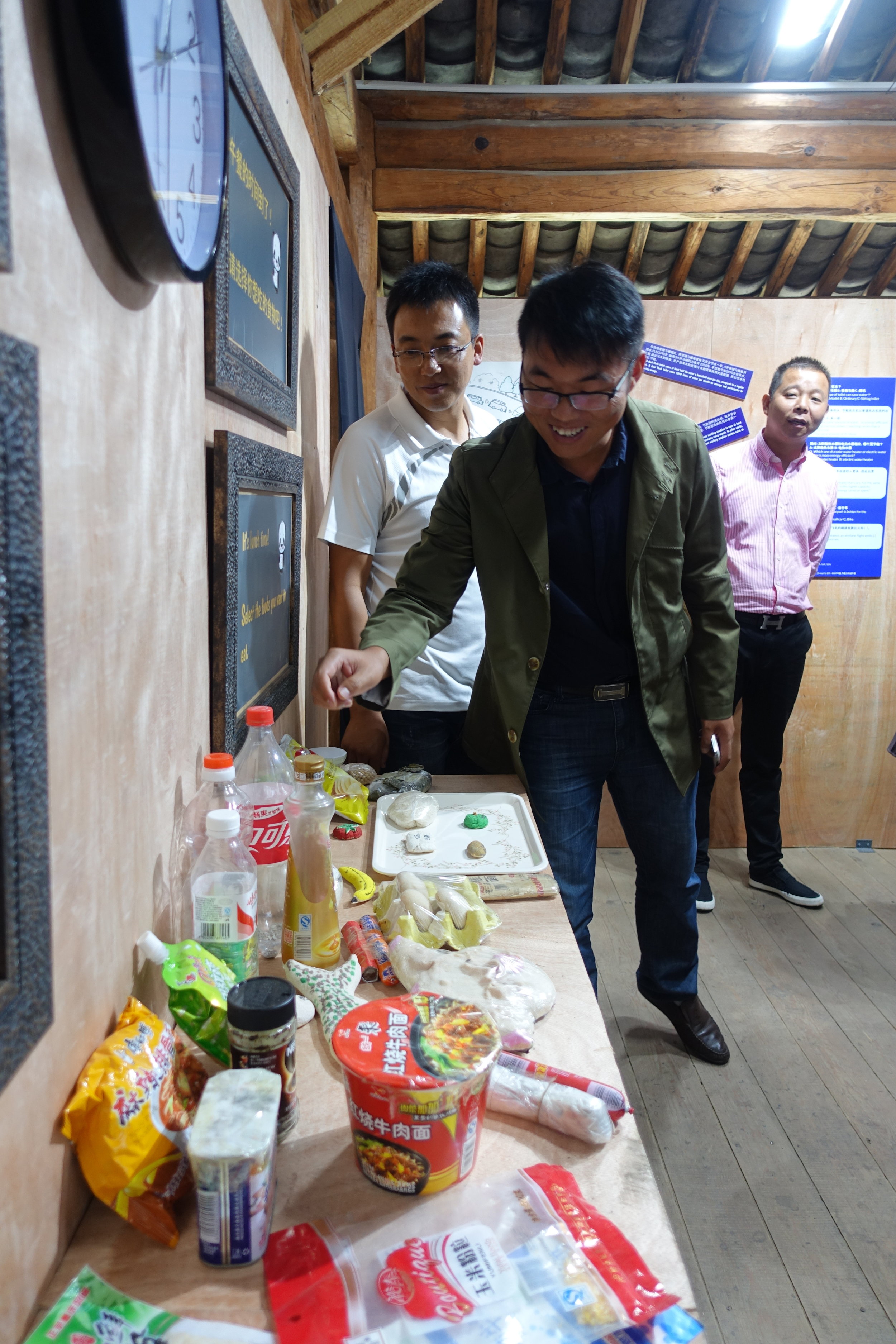
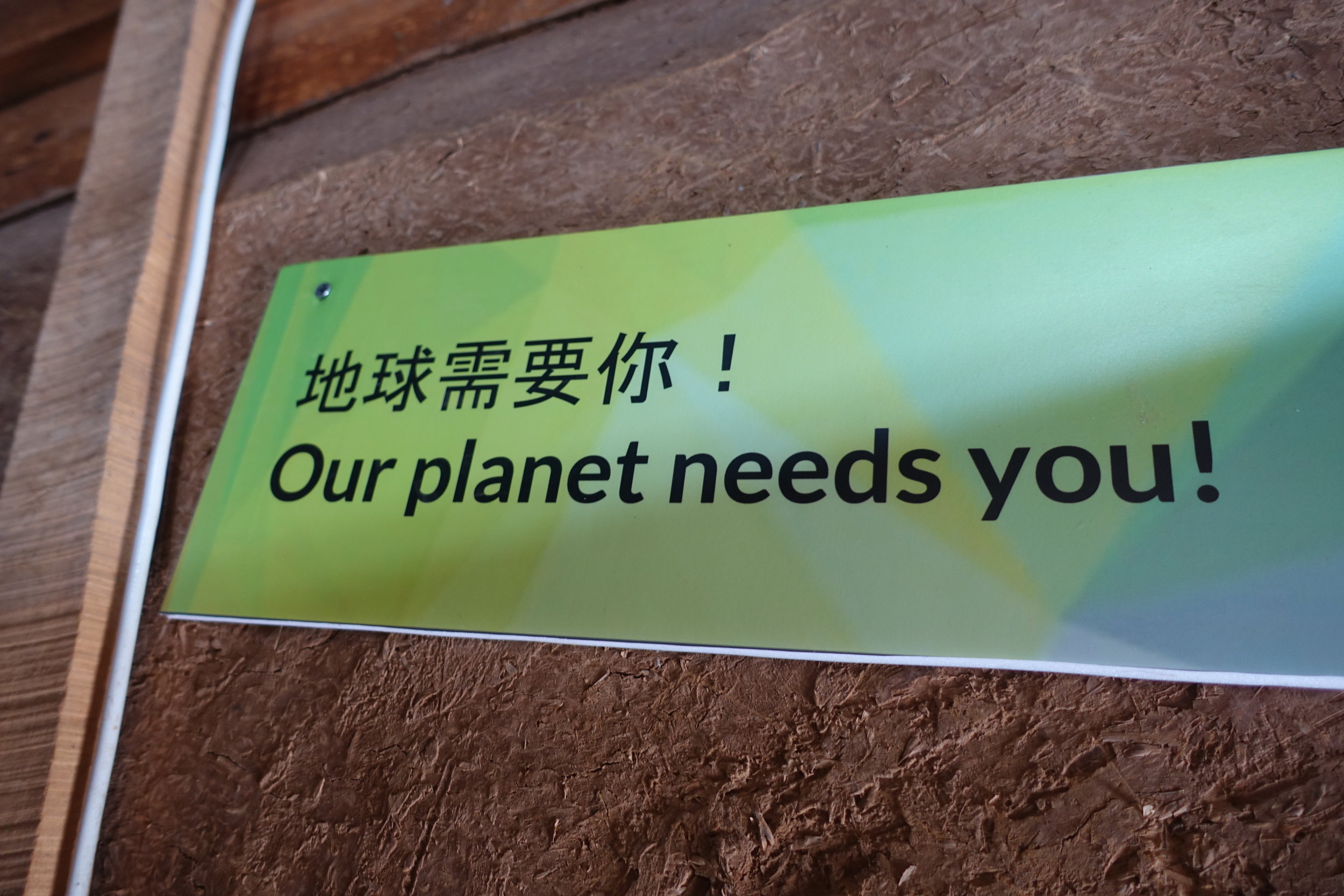
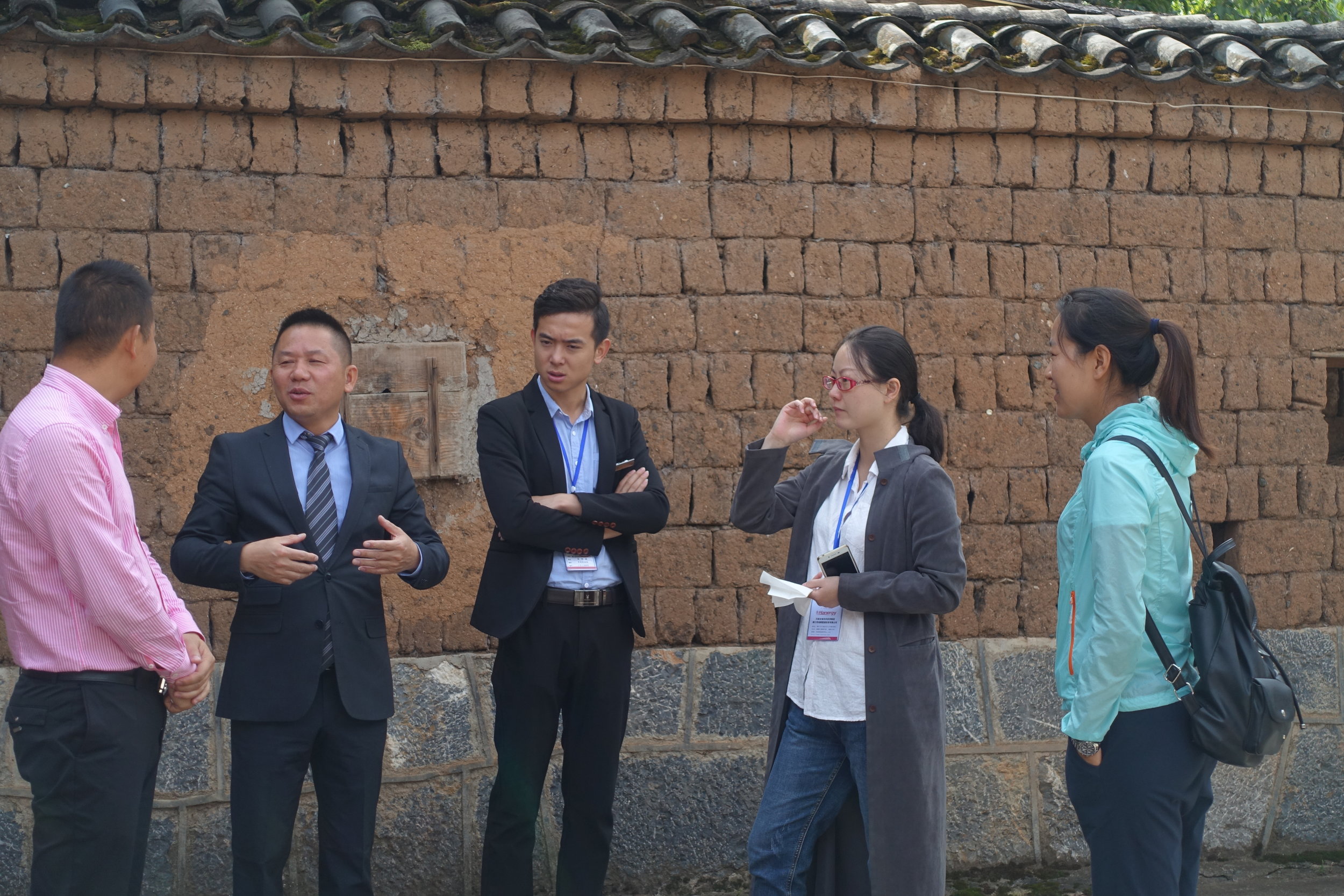
Note: the virtual visit below uses Microsoft Photosynth technology, which was discontinued in February 2017. We currently do not have an alternative way to display the interactive visit, and apologise for the inconvenience.
Enter the visit
Look around you: local flora and fauna of the Lashi lake region
The Green Education Center museum is located right on the shores of Lashihai (Lashi lake). This beautiful lake reflecting the nearby mountains is home to hundreds of bird and plants species. Due to intensive human activities, the Lashi lake and wetland is fragilised and endangered. Discover the local nature and wildlife, and learn how human activities such as agriculture, tourism, or industrial production are putting the region at risk of losing its beauty. Understand how critical it is to preserve the Lashi lake to continue providing the booming Lijiang region with clean water.
Threatened ecosystems and species of the Yunnan province
Visiting this room, immerse yourself in the lush forests of Yunnan. Spot some of its most fascinating animals and learn about the key role they have played in the story of life. Understand how many of those species are now endangered, and humans, whose survival relies on a complex web of interdependent species, could also soon disappear.
National ecological challenges in China
In this next section, learn in an interactive way about some of the most pressing ecological challenges in China. Use the controller to select one of the 20 locations referenced on the giant map of the country. For each location, a striking story shows an example of human abuse on nature, and ultimately on our own species.
Health risks from environmental issues: the "dark room"
Finally, feel the oppression of this small room where you cannot see anything. Suddenly, light shines on a framed picture, then goes off and lights up the next one. In total, eight pictures show striking examples of humans directly affected by environmental issues in China. The last picture portrays a young woman suffering in her bed, two days before she died from cancer due to industrial pollution.
Sustainable lifestyles for a cleaner, healthier future in China
It's time to act! Walking up to the next space, hear messages encouraging you to be part of the change towards a more sustainable future. Learn about the environmental footprint of China, carbon emissions and the greenhouse effect. Enter the large playground room and have fun with the different activities there: weigh food products on the CO2 smart scale and understand their environmental impact, segregate garbage items and see how you can reduce garbage pollution, and take the quiz on sustainable practices at home.
Renewable energies and clean technologies to shape China's future
In this last part of the exhibition, discover how renewable energies and clean technologies can help China to reduce its environmental footprint, all the while boosting the Chinese economy. Pictures, movies and models help you discover and understand how to collect energy from sun, wind, water or organic wastes, and how to make those technologies widely accessible in China.
Before you leave, don't forget to take a look at the educative organic garden, biogas toilets and solar house!
Visiting the organic garden, get introduced to sustainable agriculture practice. Whether or not you need to go to the loo, take the chance to have a look at the biogas installation. End up the visit drinking tea in the solar house.
